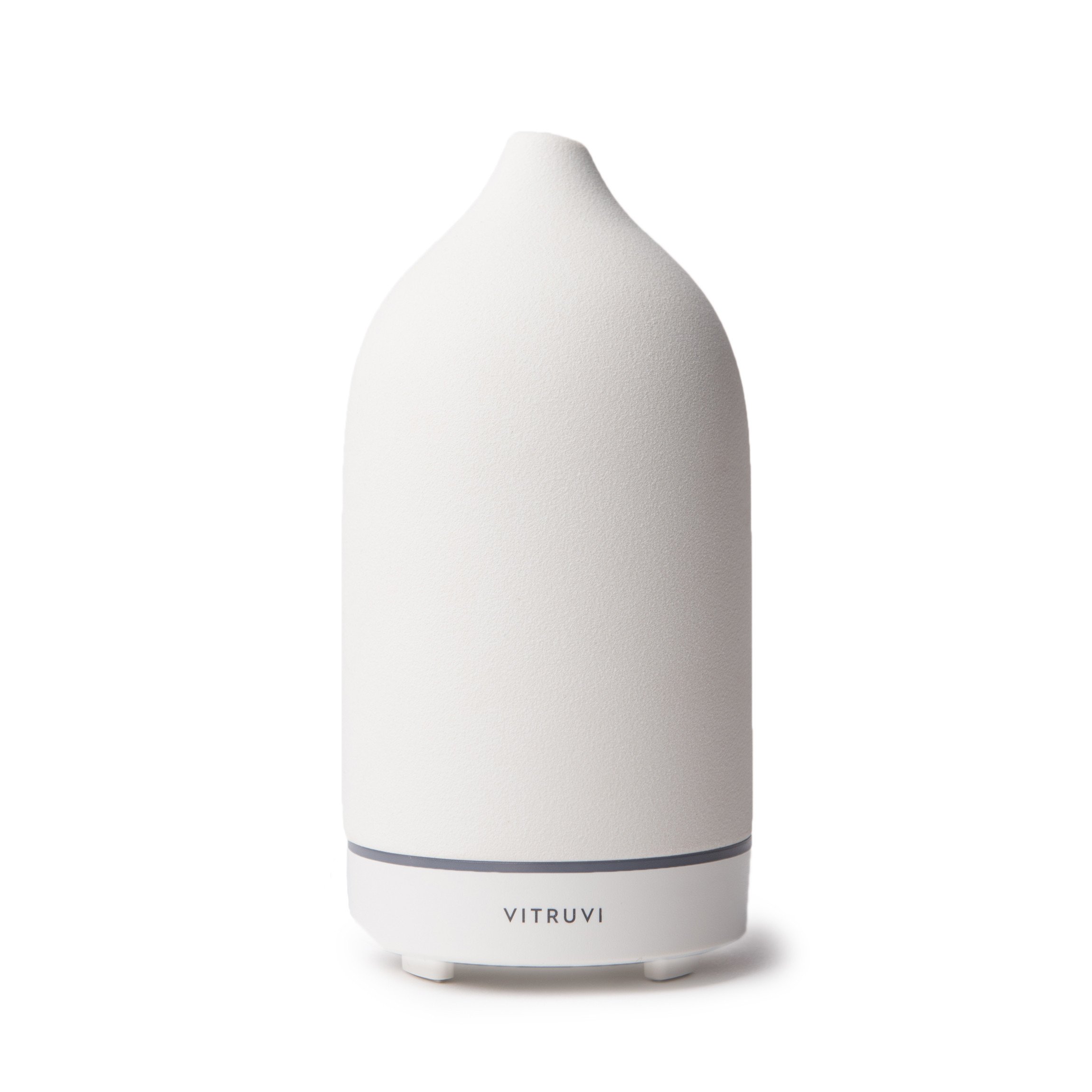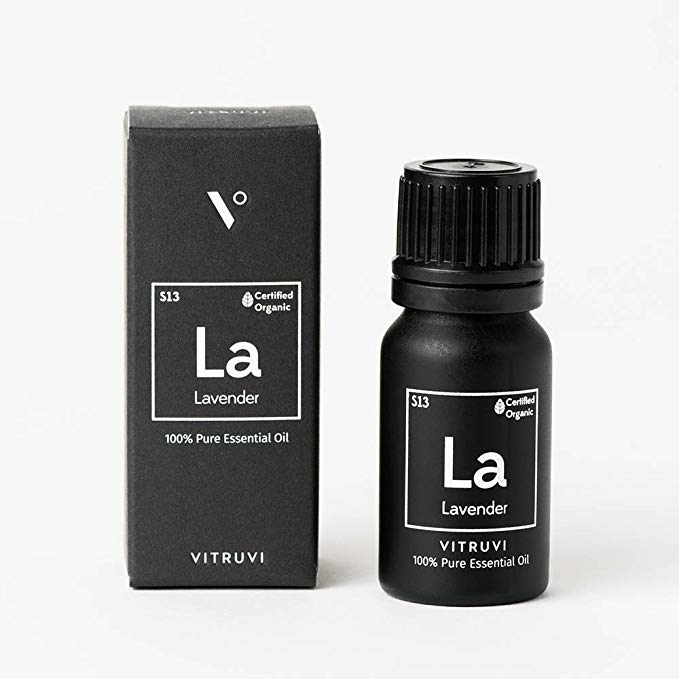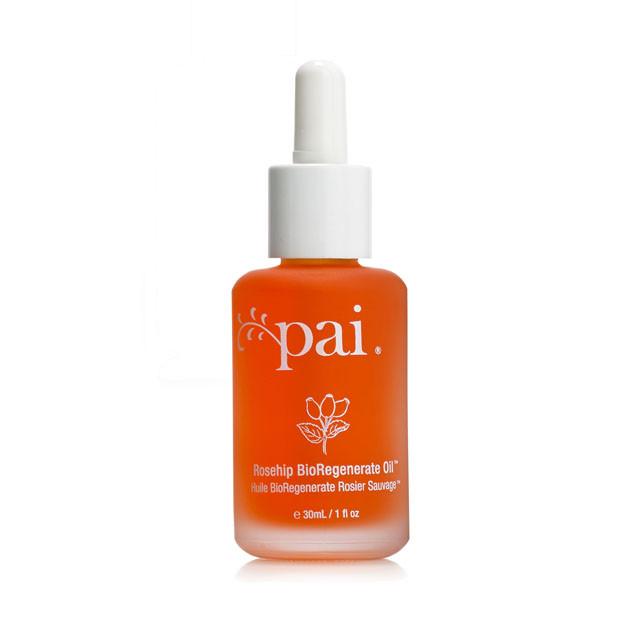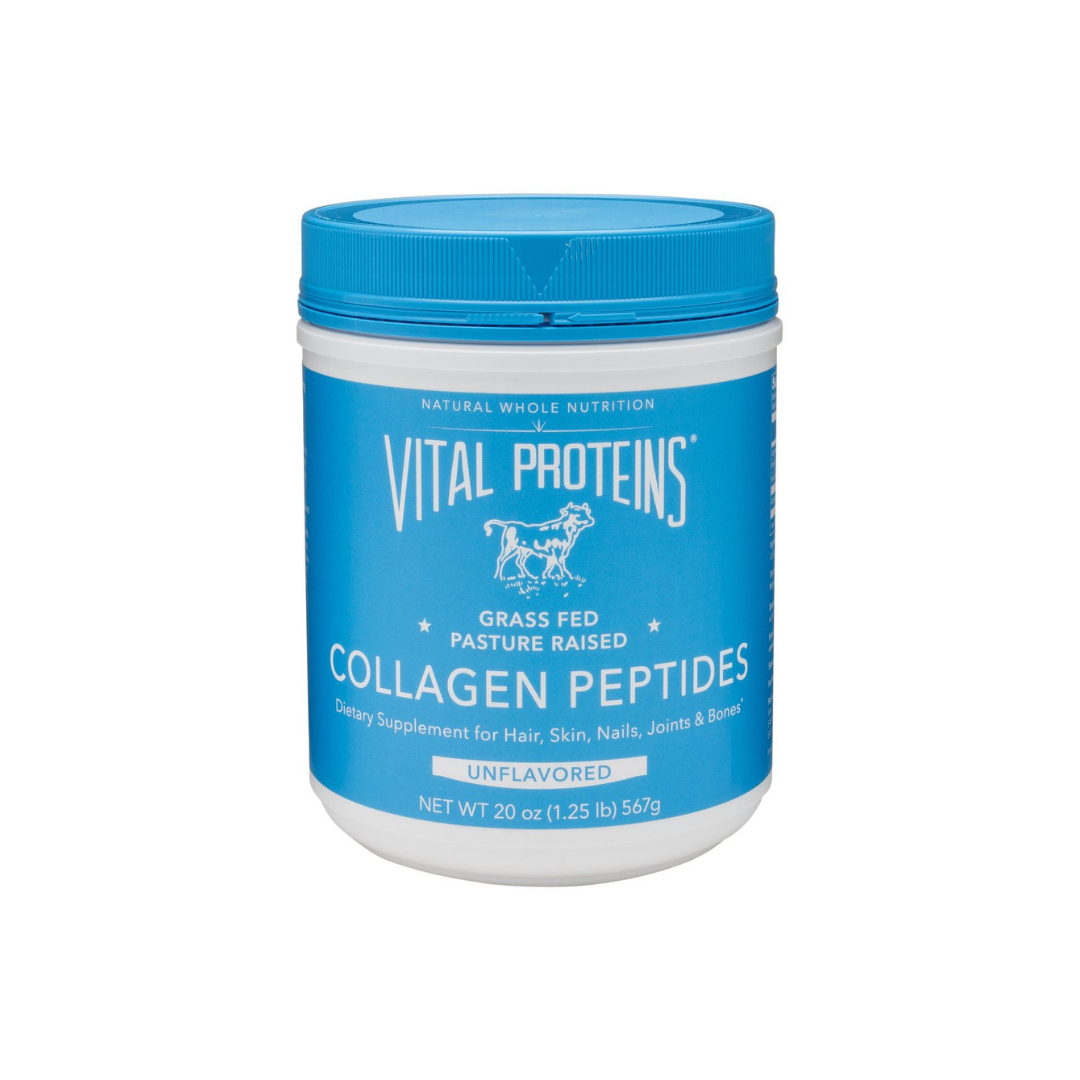Easy Ways to Eat More Vegetables in Every Meal (even if you hate the way they taste and struggle with changing bad habits)
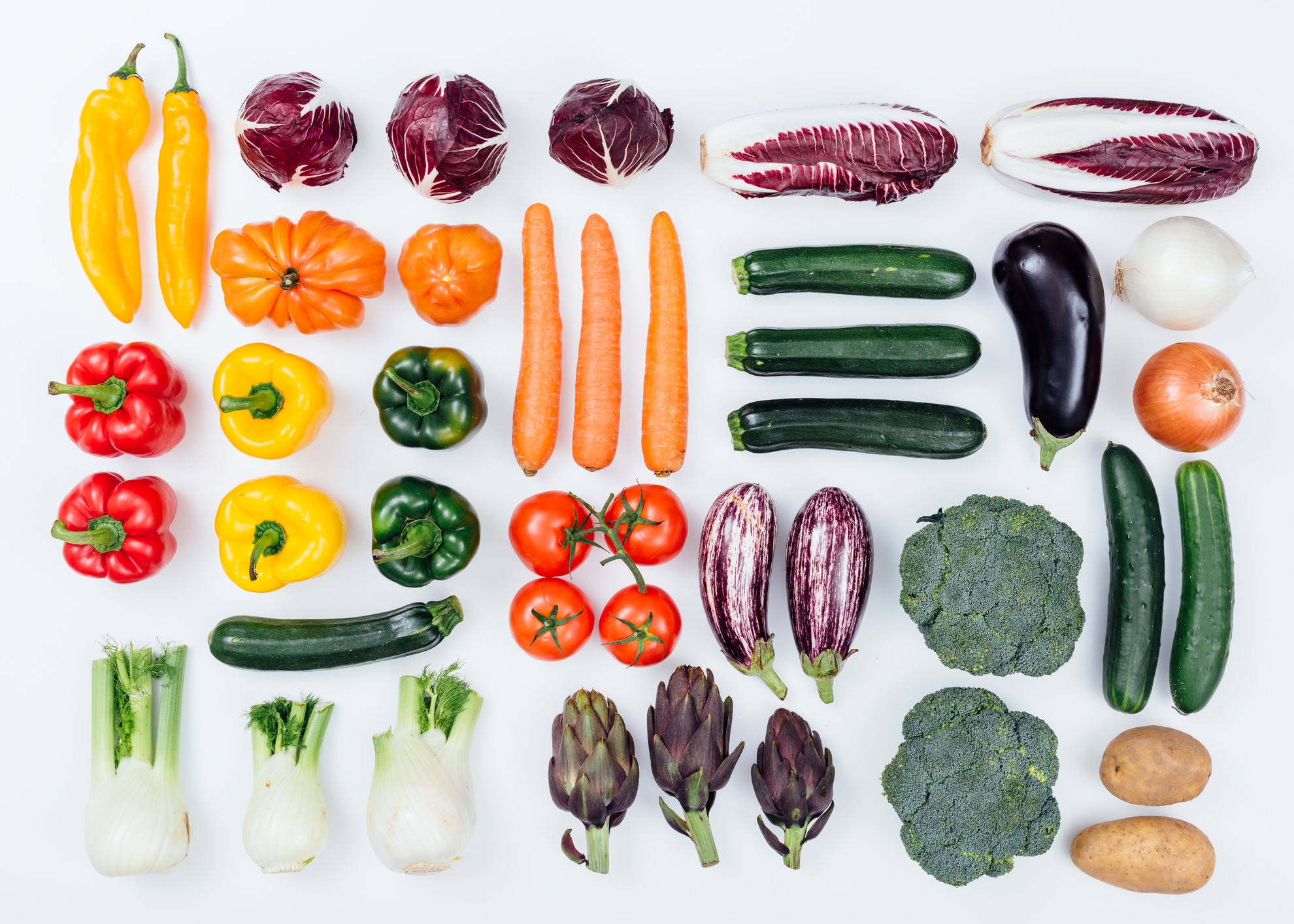
Confused and overwhelmed about nutrition advice? Vegan? Paleo? Keto? Celery juice? Which diet is the best for your health and wellness goals?
As a Registered Dietitian, I’m here to help! My recommendation is to skip the fad diets and start with the basics of healthy eating. The most important part of any healthy diet is eating a lot of plants - especially vegetables…a lot of them…all the time…for pretty much the rest of your life.
So before you waste your time with another fad diet, start working toward eating more vegetables. It’s not rocket science, but eating more veggies can be tough, even if you like the way they taste. Not to worry, I got you covered! Keep reading for expert tips on easy ways to eat more vegetables in every meal (even if you hate the way they taste and struggle with changing bad habits).
THE HEALTH BENEFITS OF VEGETABLES
Eating a diet rich in vegetables (and fruit) is key in supporting overall wellness and preventing chronic disease (1). Studies have found that people who eat more vegetables have a reduced risk for heart disease, including heart attack and stroke.
The fiber in some vegetables also decreases cholesterol and reduces the risk of heart disease, obesity, and type 2 diabetes.
Vegetables are among the best sources of potassium, which helps to lower blood pressure, reduce the risk of developing kidney stones, and decrease bone loss.
Eating a diet rich in vegetables and fruit may also help protect against certain types of cancer and other inflammatory diseases. The phytonutrients found only in plants help protect our cells from oxidative damage that can over time lead to diabetes, heart disease, neurodegenerative diseases, inflammatory conditions and cancer.
The bottom line is, if you want to support your health lifelong, you have to eat those veggies!
HOW MANY SERVINGS OF VEGETABLES SHOULD YOU EAT?
Things can get a little overwhelming when you go down the internet rabbit hole trying to figure out how many servings of vegetables you should be eating.
A good rule of thumb is to have at least 1 serving of vegetables and/or fruit (1 serving = 1 cup raw or cooked) with every meal and snack.
Ideally at least half of your meal should be vegetables and/or fruit, and you should eat a variety of vegetables by focusing on diversifying your colors each day (green, orange, red, yellow, white, purple/blue).
Keep in mind, that if you have a health condition (cancer, heart disease, etc.) or if you are really physically active, then you probably need to eat even more veggies.
WHAT KINDS OF VEGETABLES SHOULD YOU EAT?
A lot of different kinds…
The most important thing to remember when choosing what kind of vegetables you should eat is variety. Keep it simple and try to eat the rainbow. Add in as many different color vegetables as you can to each meal (green, orange, red, yellow, white, purple/blue). Each color has a different set of vitamins, minerals, and phytonutrients, and health benefits.
If you like specifics, the USDA Dietary Guidelines recommends the following for the average, inactive person (if you have a health condition or exercise more than 30 minutes/day your needs may be higher):
Dark Green Vegetables
-
Broccoli, collards, mustard greens, turnip greens, kale, spinach, romaine, watercress, dark green leafy lettuce, endive, escarole
-
Recommended Intake = 1.5 - 2 cups per week
Red/Orange Vegetables
-
Carrots, pumpkin, red/yellow/orange peppers, tomatoes, sweet potato, winter squash
-
Recommended Intake = 4 - 6 cups per week
Other Vegetables
-
Bean sprouts, cabbage, cauliflower celery, cucumbers, green or wax beans, green peppers, mushrooms, onions, summer squash or zucchini
-
Recommended Intake = 3.5 - 5 cups per week
Local and seasonal kinds…
Whenever possible, I also recommend eating local/seasonal and organic fruits and vegetables to maximize nutrients and minimize chemicals. As soon as you harvest a plant it starts losing its nutrients, so eating local minimizes nutrient loss and as a bonus supports local businesses.
Eating organic minimizes your exposure to pesticides. We’re still unsure of the impact of pesticides on our long-term health, but sometimes it’s better to err on the side of caution, especially if you have a disease or are pregnant.
If cost is a barrier to buying organic, the Environmental Working Group has a great list of foods to always buy organic because they are highly sprayed with pesticides, and another list of foods that are ok to eat non-organic because they have less pesticide exposure.
Wild kinds…
Wild varieties of vegetables (dandelion greens, ramps, purslane, sorrel, and fiddleheads) also have a nutritional advantage over farmed crops because they are grown in unharvested, nutrient-rich soil, which makes them even more nutritious than the average farmed vegetable.
10 EASY WAYS TO EAT MORE VEGGIES IN EACH MEAL
If you like veggies but don’t eat enough of them, here are some helpful tips to get more veggies in every meal.
01 - Make these Vegetable Egg Muffins for a great on-the-go veggie-packed breakfast.
02 - Add frozen or fresh greens, sweet potato, celery, or cucumber to smoothies.
03 - Stock up on raw, mini, grab-and-go veggies to eat as snacks. Mini-bell peppers, cucumbers, cherry tomatoes, sugar snap peas, and baby carrots are some of my favorites.
04 - Stock your freezer with frozen, pre-cut vegetables (frozen veggies are just as nutritious as fresh veggies) so you can easily add them to stir-frys or have them as a quick side dish.
05 - Always order a non-starchy vegetables side dish when eating out. String beans, broccoli, brussels sprouts, spinach, and side salads are commonly available at many restaurants.
06 - Try a healthy meal delivery service like Sun Basket and have chefs do the work for you.
07 - Make a goal to eat every color vegetable (green, yellow, orange, red, purple, white) in one day.
08 - Eat a salad for lunch instead of a sandwich and try to toss in at least 3 different vegetables to the mix.
09 - Have a least 2 different types of vegetables with lunch and dinner (ex. baked chicken with roasted broccoli and baked sweet potatoes).
10 - Make half of your plate vegetables for every meal.
4 EASY WAYS TO EAT MORE VEGGIES, EVEN IF YOU HATE THE WAY THEY TASTE
Hate the way veggies taste? A lot of people didn’t grow up eating vegetables and find it hard to eat them because they aren’t used to the taste. You can work around this by trying these tips.
01 - Get yourself off of foods that are high-jacking your tastebuds, including:
-
Refined sugar
-
Artificial sugars
-
Fast foods
-
Processed foods
02 - Challenge yourself to re-try a vegetable every week.A lot of people think they hate the taste of veggies, but when they try them out, they are pleasantly surprised. In my experience, these veggies are pretty well liked:
-
Week 1 -broccoli
-
Week 2 - bell peppers
-
Week 3 - spinach
-
Week 4 - tomatoes
03 - Try hiding vegetables in foods that you do like. Here are a few recipes that do a great job hiding veggies so you can’t taste them:
-
Healthy Zucchini Bread
-
Black Bean Brownies
-
Hidden Veggie Mac & Cheese
04 - Try having vegetable-based versions of your favorite foods. You can get these pre-prepared at most grocery stores and use them as substitutes in your favorite recipes:
-
Replace spaghetti with zucchini noodles (zoodles)
-
Replace lasagna noodles with thinly sliced eggplant or zucchini
-
Replace rice with cauliflower rice
-
Replace pizza crust with cauliflower pizza crust
4 EASY WAYS TO EAT MORE VEGGIES IF YOU STRUGGLE WITH CHANGING YOUR HABITS
Try focusing on incorporating new, healthy habits instead of stopping old, bad habits. By focusing on the things you can have instead of the things you can’t have, you will be more motivated and excited to make change. Here are some of my favorite coaching strategies for starting healthy habits.
01 - Make weekly SMART goals for increasing your veggie intake. SMART goals are:
-
Specific
-
Measurable
-
Action-based
-
Realistic
-
Time-based
Here are a few good examples of SMART goals:
-
I will have 1 vegetable with lunch M - F this week.
-
I will try 1 new vegetable for dinner every Monday this month.
02 - Start small. Try having a vegetable with one meal per day for a month and build up to all meals and snacks over the course of a few months.
03 - Get help. Ask a supportive friend or loved one to hold you accountable, start a vegetable eating contest at work, start working with a dietitian or health coach (check out my Health Coaching page to learn more about working with me).
04 - Download my free Guide to Changing your Unhealthy Habits for a science-backed, step-by-step guide to help you change unhealthy habits.
SPREAD LOVE TO THE COMMUNITY (IT'S THE BROOKLYN WAY)!
Tell me some of your favorite ways to add vegetables to your diet. Share your tips and recipes in the comments below. Tag me on insta @allgreatnutrition or #allgreatnutrition and show off your veggie-packed meals! I want to see how you are slaying your wellness!
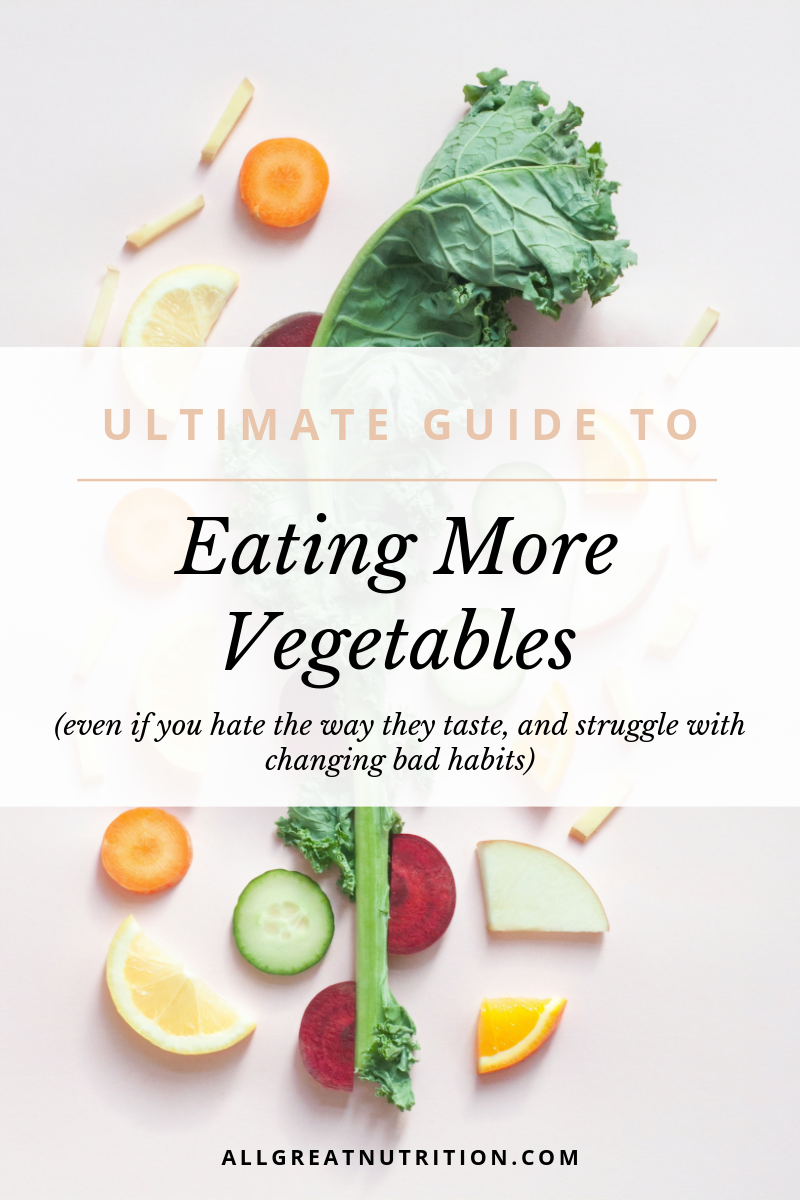
REFERENCES
-
https://www.choosemyplate.gov/vegetables-nutrients-health
AFFILIATE DISCLOSURE
This post may contain affiliate links, which means that All Great Nutrition may receive a percentage of a product or service you purchase using the links in the post. You will pay the same price for all products and services, but your purchase helps support our ongoing work to help others be healthy and happy. Thanks for your support!
Hey! I’m Tamar…


